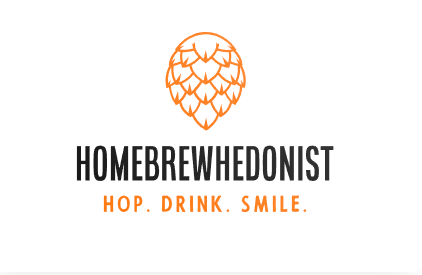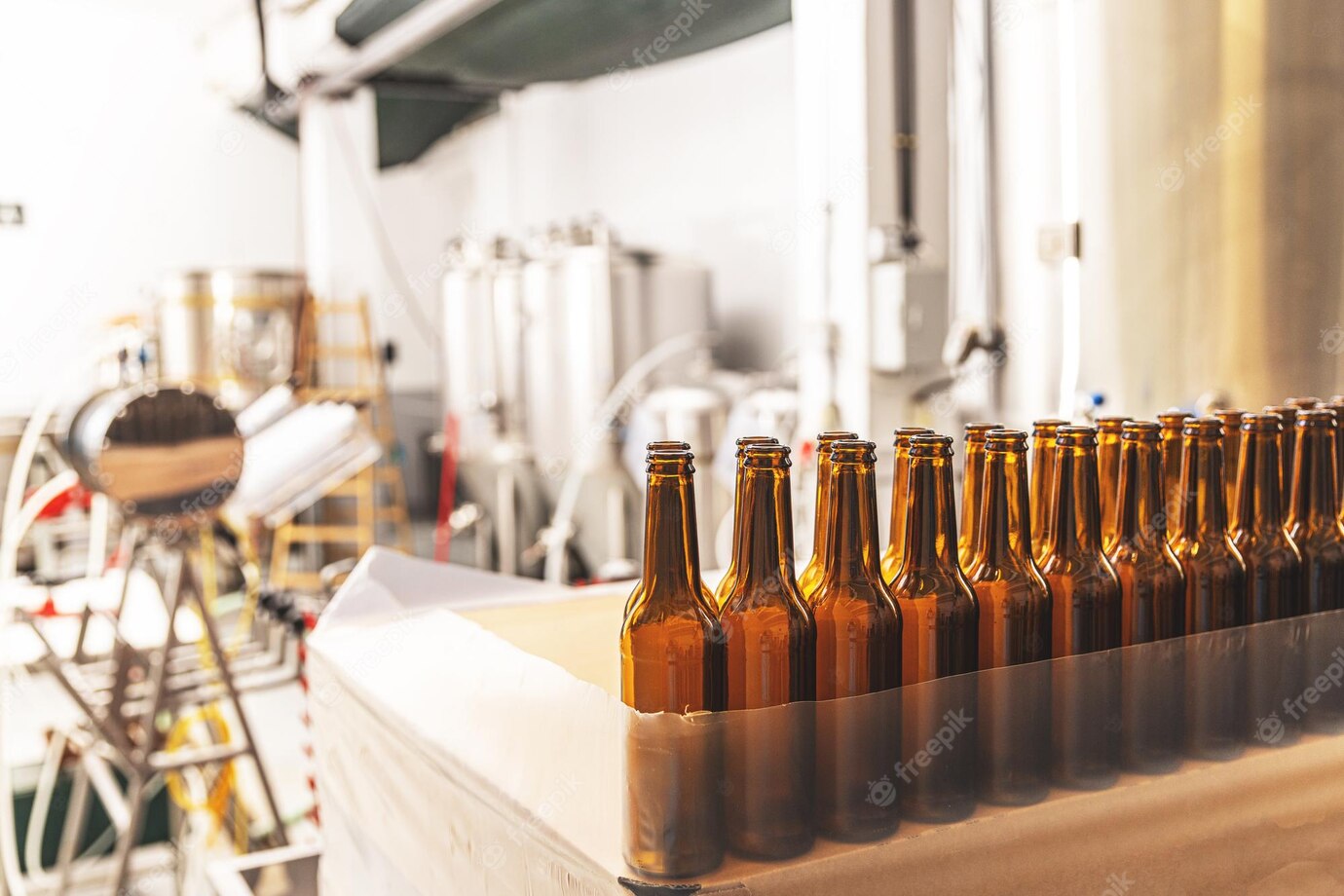Unlock the secrets of session beer brewing with this article – tips, tricks and more!
For homebrewers, one of the most rewarding experiences is brewing session beers. Session beers are light-bodied beers that are full of flavor. They have lower alcohol content, and are designed to be enjoyed slowly. With the right tips and tricks, it is possible to create session beers that have complex flavor and aroma. In this article, we will explore the tips and tricks to create session beers from the comfort of one’s home. So roll up your sleeves and let’s dive into brewing session beers!
Brewing Session Beers: Tips and Tricks
Craft beer has become increasingly popular over the last few decades, and there are plenty of breweries that are continually pushing the envelope when it comes to beer styles. But if you’re a homebrewer, you may be interested in brewing a less aggressive beer style that you can enjoy over a longer period of time. That’s where session beers come in.
Session beers are typically lighter, lower in ABV, and designed to be sessionable – meaning that you can enjoy several in one sitting without the effects of excessive alcohol getting in the way. The goal of a session beer is to provide a flavorful, clean, balanced beer that won’t blow you away with its alcohol content.
In this article, we’ll explore the basics of brewing a session beer, as well as a few tips and tricks that can help you dial in your recipe and ensure that you end up with a great beer. Let’s dive in!
1. Choose a Sessionable Style
When it comes to session beer, there are a few styles that come to mind. Most people think of hoppy pale ales, pilsners, and mild ales – all styles that are low in alcohol and typically have modest amounts of hops. But don’t let this limit your creativity – you can also brew a session beer in styles like ESB, brown ales, imperial stouts, and more.
Ultimately, the best way to choose a session beer style is to experiment. Decide on a style that you’re interested in brewing and tweak the recipe until the ABV is within the ideal range.
2. Dialing in the ABV
Session beers are typically 4.5 percent ABV or lower, but some beers, like Belgian blonde ales or milds, can hit up to 5.5 percent ABV and still be considered sessionable. It all comes down to the flavor profile and the ingredients that you choose to use.
With that being said, if you’re looking to brew a session beer, you’ll want to keep your ABV in mind when creating your recipe. The general rule is that the ABV should not exceed 5.5 percent. For example, if you’re looking to make a hoppy pale ale, a good goal would be to keep the ABV between 4.5 and 5.5 percent.
The easiest way to determine your beer’s ABV is to take a hydrometer reading before and after fermentation. This will allow you to calculate the difference in gravity between the original wort and the finished beer, which will give you a very accurate ABV reading.
3. Adjusting the Malt Bill
When it comes to session beers, the malt bill is typically the starting point for any recipe. For example, most pale ales or pilsners will use a base malt like Maris Otter or Pilsner malt, and some include a small portion of specialty malts for color and flavor.
When it comes to the percentages of each malt, keep in mind that the base malt should be the majority of the grain bill – typically 70 to 80 percent of the total weight. This will ensure that the beer is not too heavy and the ABV stays within the sessionable range.
You can also tweak the percentages of each malt to achieve the desired flavor and color. For example, if you want a slightly darker beer with more caramel malt character, you could reduce the amount of base malt and increase the amount of crystal or cara malt.
4. Hopping for Flavor and Balance
Hops play an important role in any beer, but they are especially important in session beers. That’s because hops are one of the main drivers of flavor and balance in beer, and you’ll want to ensure that your session beer is both flavorful and balanced.
For hop-forward beers like pale ales and IPAs, you’ll want to focus on selecting hops that have strong aromas and flavors. For example, popular hops like Citra and Mosaic can provide a ton of hop character while still keeping the ABV within the sessionable range.
In addition to flavor, you’ll also want to focus on balance. This means using a blend of hops that will provide bitterness, but also provide enough late addition hops to balance the bitterness out. For a typical pale ale or IPA, you’ll want to use a blend of bittering and flavor hops, as well as a few late addition hops for balance.
5. Yeast Selection
The type of yeast that you choose will also have a big impact on the flavor and character of your beer. When it comes to session beers, you’ll want to use a yeast

